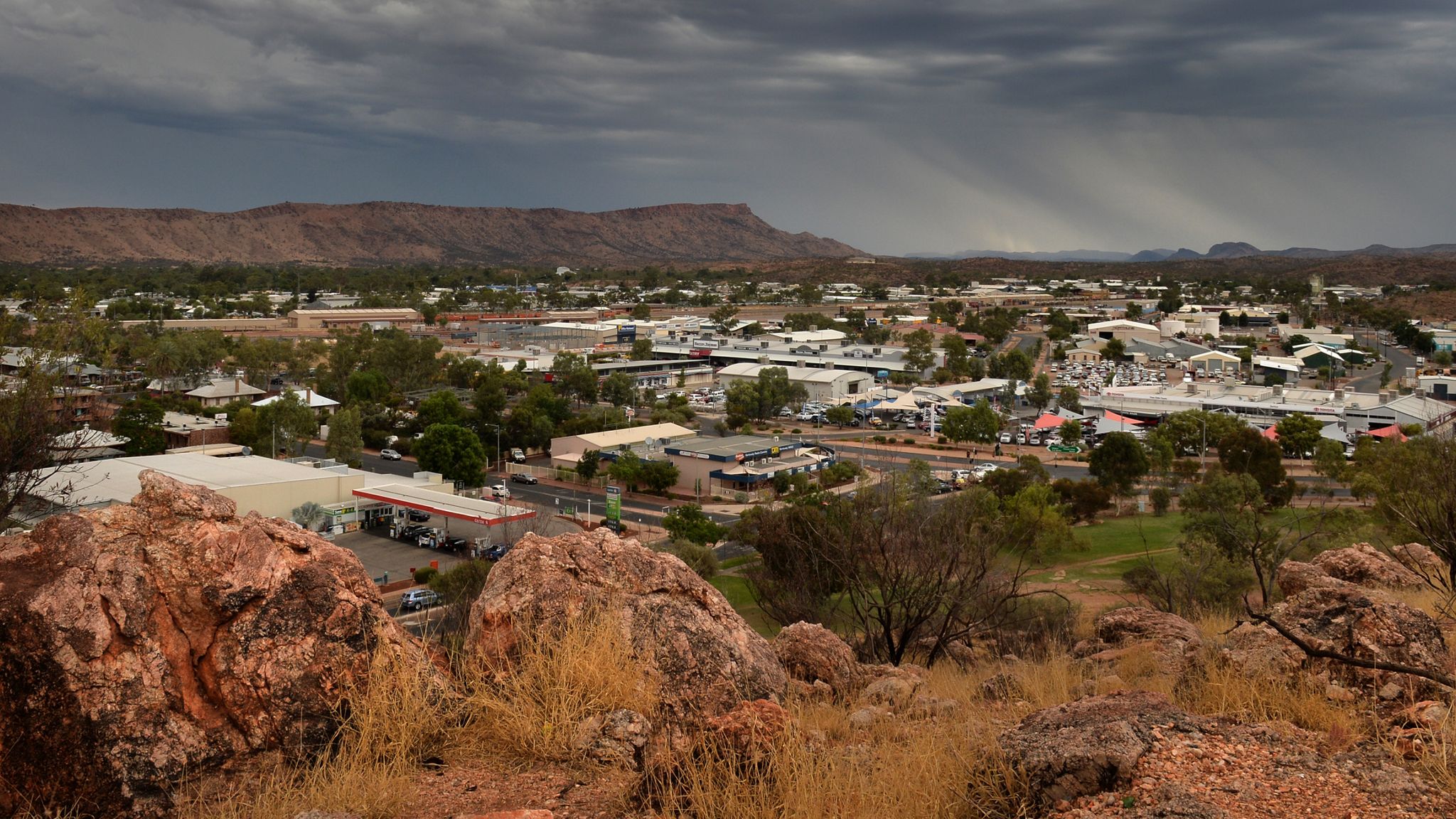There are many reasons why The Great Barrier Reef is dying. Many of these causes are manmade dilemmas, such as climate change as well as the ramped mining and distribution of coal. These problems, although sustained by Australians’ everyday activity, can be fixed with key lifestyle changes and new legislation. However, there are other reasons why the reef is dying that are not as easy to fix. One of these causes is the increase in urban development along the coastlines of Australia.
According to australia.gov.au, nearly 20% of the continent of Australia is considered desert. This desert is located in the center of the country, making the middle of the country extremely difficult to live in due to the harsh desert conditions. Because the central portion of the nation is so undesirable, all of the major cities in Australia were developed along the coastlines, especially in the states of Queensland and New South Wales (examples of major cities in these states are Brisbane and Sydney respectively).
In order to fully drive this point home, let me give you guys an example of the population disparity between Central Australia and Coastal Australia. Alice Springs is the largest city in central Australia and it has a population of 25,186 people. On the other hand, Sydney (which is situated on the East coast of Australia) has a population of approximately 5.31 million people and Brisbane (which is situated on the West coast of Australia) has a population of approximately 2.28 million people.
Unfortunately, as these major cities began to expand in order to accommodate a growing infrastructure, it began to impede and encroach on the coastlines as well as the marine organisms and ecosystems that lived in or near the coastlines.

(The image above shows the city of Alice Springs, Central Australia in its entirety)

(The picture above shows the Gold Coast, a coastal city in Southeast Queensland, Australia)
This main reason there has been such a stark increase in urban development along the Australian coasts is population growth. According to the Australian institute for Health and Welfare, the total population of Australia has increased at a rate of 1.4% a year since 1990. In 1990, the total population was approximately 17.1 million people and as of 2020, that number has risen to approximately 25.7 million people. This may not seem that drastic compared to other countries such as India, Russia, and The United States. But, as I previously mentioned, basically the entirety of Central Australia is desert, meaning that all 25.7 million people have to pack themselves into the coastlines of the country. A byproduct of this stark population growth in coastal areas is a rapidly increasing demand for services such as road paving, water pipe installations, sewage pipe installations, as well as power and electrical hookups. These services (especially sewage control) contaminates the Great Barrier Reef that sits just a couple of miles away from the coast, making it difficult for coral and other marine life to survive. These services are not the only aspects of development that is affecting The Great Barrier Reef. The construction of large hotels, apartments, and condos right along the coast not only emits greenhouse gasses that sustains global warming (see CI Post #1 on Climate Change and how it kills the Great Barrier Reef), but runoff of materials from the construction sites wash into the ocean and eventually finds its way to the Great Barrier Reef where they take part in the decaying process of the Great Barrier Reef.
Unfortunately for the well being of the Great Barrier Reef, these construction projects and services that are harmful to the Great Barrier Reef are never going to stop because they are necessary if these cities want to be able to accommodate the increase in population. Unlike the previous problems we have discussed in the blog, there is no simple fix. Its not like the Australia government can control the population of Australia (nor should they).
This cause of the slowly decaying Great Barrier Reef occurs because of factors that are completely uncontrollable: population growth and geography. There has been a steady growth in the population of the country of Australia which has rushed to the coast because of the colossal desert in the center of the continent. These densely populated coastlines come with many construction sites for residential areas, as well as many services such as sewage management that contaminate the Great Barrier Reef. The simple fact is that the population growth of Australia is slowly killing the Great Barrier Reef and there is nothing anyone can do about it.
Mustapha Salau
March 18, 2022 at 5:02 pmHey Ehtan, it’s really interesting how much of an impact geological and biological factors can have on our lives. It’s a relatively intuitive relationship, but I think the relationship really demonstrated how connected we all are. Thank you for illustrating that in this post.
Sebastian Ruiz
March 19, 2022 at 1:46 amCould there be something done to make living in the center more hospitable? Also, I’m sure housing could be expanded in the outskirts of the city facing the direction of the desert, opposite the ocean, and contamination could be stored in the desert. The living conditions will become like suburbs in the United States where people just drive in to work. Are any of these solutions viable?